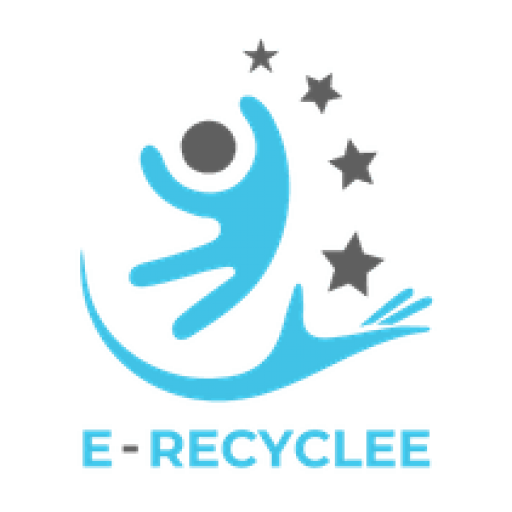Introduction
Electronic waste, or e-waste, is more than a growing environmental issue—it’s also a public health concern. When improperly disposed of electronics, they release harmful chemicals that can impact our health in ways many people don’t realize. This post will explore the health risks of e-waste and why responsible disposal is essential to protect our communities and the planet.
How E-Waste Affects Our Health
E-waste contains several toxic substances, such as lead, mercury, cadmium, and flame retardants. These chemicals can be released into the environment through landfills, burning, or improper electronics dismantling, exposing people to dangerous levels of toxins.
Here are some of the main health risks associated with these toxic substances:
- Lead
- Risks: Lead exposure is known to cause serious health issues, including developmental delays in children, kidney damage, and nervous system problems.
- How it’s Released: When electronics containing lead end up in landfills or are improperly dismantled, lead can leach into the soil and groundwater, contaminating water sources.
- Mercury
- Risks: Mercury exposure can lead to neurological and developmental issues, especially in children and pregnant women.
- How it’s Released: Mercury can contaminate water and enter the food chain in older screens and monitors, affecting fish and seafood and ultimately posing risks to humans who consume them.
- Cadmium
- Risks: Cadmium exposure has been linked to kidney damage and bone weakening.
- How it’s Released: Present in batteries and circuit boards, cadmium can leak into the soil, affecting plants and crops and eventually making its way into our food supply.
- Flame Retardants
- Risks: Flame retardants, often found in plastic casings of electronics, have been associated with hormone disruption and cancer risks.
- How it’s Released: When e-waste is burned, flame retardants release toxic fumes that contaminate the air, increasing respiratory problems and cancer risks among those exposed.
Why Responsible Disposal Matters
Recycling e-waste responsibly at certified facilities helps prevent these health risks by safely handling and containing toxic substances. Certified recyclers follow strict protocols to manage hazardous materials without harming people or the environment.
How You Can Help Protect Your Health and Community
Recycling your electronics responsibly is a simple yet powerful way to protect your health and support a cleaner, healthier environment. Here are a few ways you can make a difference:
- Use Certified Recycling Centers: Certified e-waste recyclers have the equipment and protocols to handle toxic materials safely. Check our Guide to Responsible Disposal for more information on finding certified recyclers near you.
- Avoid Burning or Dumping Electronics: Never burn or throw electronics in the trash, as this can release harmful substances directly into the air, soil, or water.
- Spread the Word: Share what you’ve learned about the health risks of e-waste with friends and family, and encourage them to recycle responsibly.
Join the eWasteWise Movement for a Healthier Future.
Responsible e-waste recycling is more than just an environmental choice—it’s a public health necessity. By choosing to recycle responsibly, you’re helping to protect our communities, our planet, and future generations.
Call to Action: Protect your health and the environment by taking the eWasteWise pledge to recycle responsibly. Download our Guide to Responsible Disposal and learn how to make a difference today!
